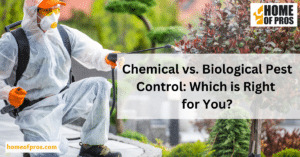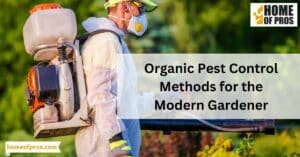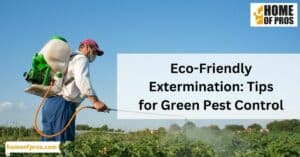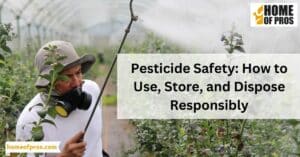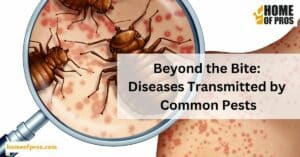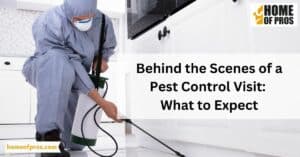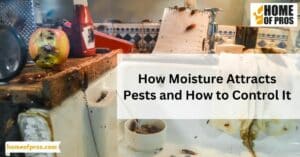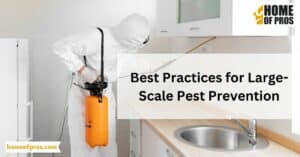Modern agricultural pest control emphasizes eco-friendly methods like IPM, which combine biological control, crop rotation, and technology-driven solutions for targeted pest management, reducing reliance on harmful chemicals while boosting crop yields and sustainability.
Pest control is pivotal in agriculture to ensure food security, especially as the world’s population grows. This article explores the shift to modern pest control strategies, like Integrated Pest Management (IPM), and outlines the article’s objectives in highlighting their role in sustainable food production and environmental preservation.
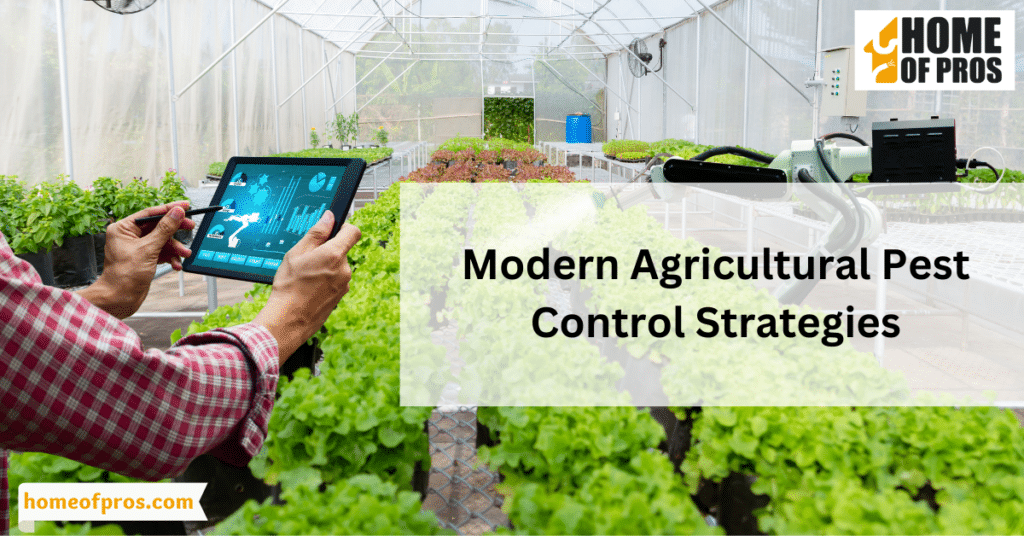
The Evolution of Pest Control in Agriculture
The evolution of pest control in agriculture has witnessed a remarkable journey through time. In ancient civilizations, farmers employed basic practices such as crop rotation and manual pest removal. However, the advent of chemical-based methods in the mid-20th century marked a significant turning point.
While these chemical pesticides initially provided respite from pests, they also brought about unforeseen consequences, including environmental pollution, harm to beneficial insects, and the development of pesticide-resistant pests. This chapter in the history of pest control serves as a poignant reminder of the need for more sustainable and eco-friendly approaches in modern agriculture.
Integrated Pest Management (IPM)
IPM, or Integrated Pest Management, is a dynamic and environmentally conscious strategy aimed at managing pests in agriculture. This approach combines various techniques and practices to effectively control pests while minimizing the use of harmful chemicals. IPM emphasizes prevention, monitoring, and decision-making based on a deep understanding of the ecosystem in which crops grow.

1. Biological Control
This component involves the introduction or enhancement of natural predators, parasites, or pathogens to regulate pest populations. Instead of relying solely on chemical pesticides, IPM harnesses the power of nature’s own checks and balances.
For example, releasing ladybugs to combat aphids in a greenhouse is a form of biological control. This approach minimizes the harm to non-target organisms, reduces chemical use, and helps maintain a balanced ecosystem.
2. Cultural Control
Cultural practices are a cornerstone of IPM. These practices involve modifying the agricultural environment to make it less favorable for pests. Crop rotation, intercropping, and adjusting planting dates are common cultural control methods. These techniques disrupt pest life cycles, limit their access to resources, and create conditions that are less conducive to pest proliferation.
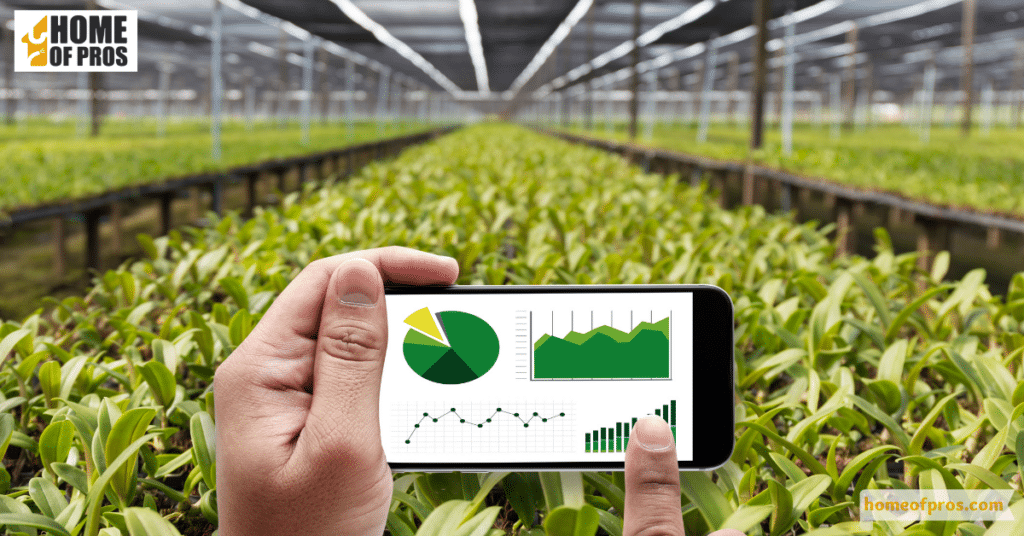
3. Chemical Control
While chemical control is a component of IPM, it is used judiciously and as a last resort. When necessary, IPM relies on selective and targeted pesticide applications. These pesticides are chosen to minimize harm to non-target organisms and the environment. IPM emphasizes the use of reduced-risk pesticides and the integration of chemical control with other IPM strategies.
4. Monitoring and Decision-Making
Central to IPM is the regular monitoring of pest populations and crop health. By collecting data on pest levels, beneficial organisms, and environmental conditions, farmers can make informed decisions about pest control measures.
IPM encourages the use of thresholds, which are predetermined pest population levels that trigger control actions. This data-driven approach ensures that control measures are applied only when necessary, reducing unnecessary pesticide use.
Integrated Pest Management (IPM) represents a paradigm shift in pest control strategies. By understanding its core components, which include biological control, cultural control, selective chemical use, and data-driven decision-making, we can embrace a more sustainable and environmentally responsible approach to safeguarding our crops and ecosystems.
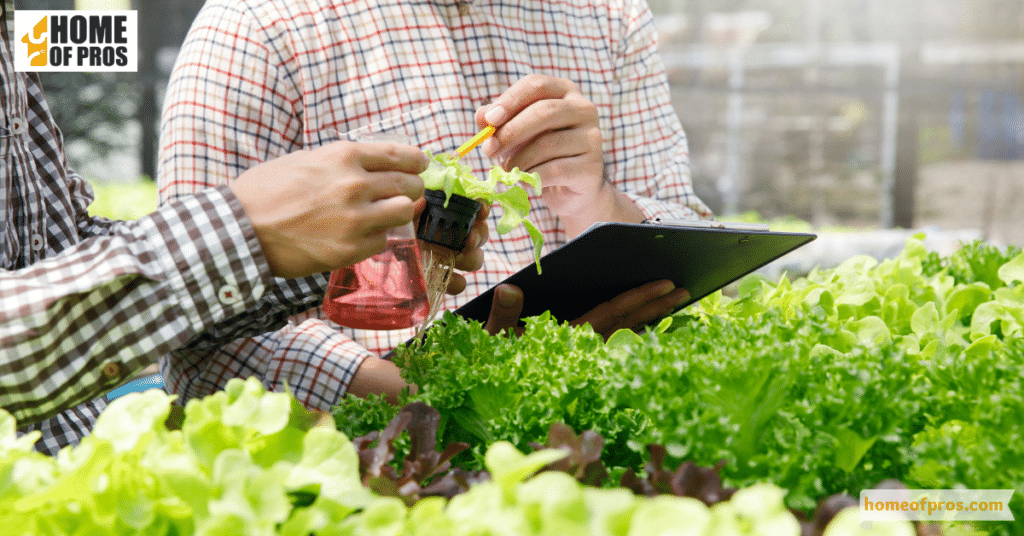
Precision Agriculture and Technology
Technology has become a formidable ally in the quest for efficient, sustainable, and effective pest control. In this section, we will delve into the transformative impact of technology on pest control in agriculture, focusing on the key tools: drones, sensors, and data analytics. These innovations are revolutionizing the way farmers manage pests and optimize crop yields.
Technological Advancements in Pest Control:
| Technology | Role in Pest Control |
|---|---|
| Drones | Aerial drones equipped with advanced cameras and sensors provide real-time surveillance of fields, enabling rapid pest detection and targeted pesticide application. |
| Sensors | Ground-based sensors monitor soil conditions, weather, and pest populations, offering precise data for informed decision-making and pest management strategies. |
| Data Analytics | Advanced analytics tools process data from sensors, drones, and historical records to predict pest outbreaks, optimize pesticide use, and enhance overall crop health. |
Outcomes of Technological Advancements:
- Timely Interventions: Real-time data from drones and sensors enable early pest detection, allowing for timely and targeted interventions, and reducing the need for broad-spectrum pesticides.
- Variable Rate Application: Precision agriculture allows for the precise application of pesticides only where they are needed, minimizing chemical usage and costs.
- Environmental Conservation: By minimizing chemical inputs, technology-driven pest control practices promote a healthier and more balanced agricultural ecosystem, preserving beneficial insects and minimizing environmental impact.
The marriage of technology and agriculture is transforming the pest control landscape. These advancements not only improve crop protection but also contribute to sustainable farming practices by reducing chemical usage and minimizing environmental impact.
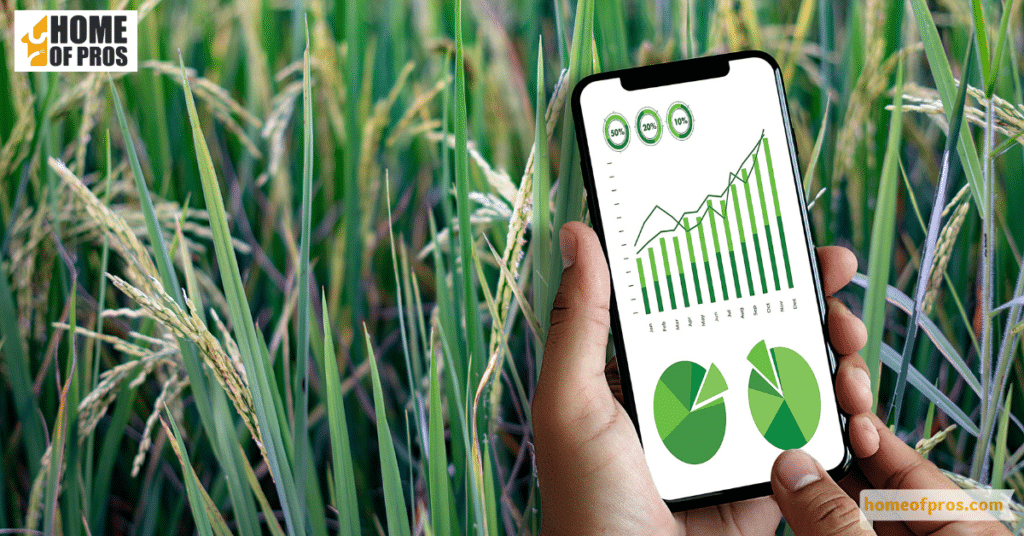
Sustainable Pest Control Practices
In this section, we’ll highlight the critical importance of sustainability in modern pest control and delve into the world of organic farming, where innovative pest control strategies are harnessed to promote eco-friendly agricultural practices.
Emphasizing Sustainability in Pest Control:
- Environmental Preservation: Sustainable pest control prioritizes the health of ecosystems, reducing harm to non-target species and minimizing pollution from chemical pesticides.
- Long-Term Viability: By focusing on sustainability, farmers aim to protect the long-term productivity of their land, ensuring that it remains fertile and viable for future generations.
- Reduced Chemical Dependency: Sustainable practices seek to reduce the reliance on chemical pesticides, mitigating concerns about pesticide resistance and chemical runoff.
Organic Farming and Its Pest Control Strategies:
- Biological Control: Organic farming often employs biological control methods, such as releasing beneficial insects or using crop rotation to disrupt pest life cycles.
- Natural Predators: Encouraging natural predators like birds, spiders, and ladybugs helps keep pest populations in check without resorting to chemical intervention.
- Crop Diversity: Planting a variety of crops can confuse and deter pests, making it harder for them to establish and thrive in monoculture systems.
In the pursuit of sustainable agriculture, the way we approach pest control is undergoing a profound shift. By prioritizing sustainability and embracing strategies like those found in organic farming, we not only protect our environment but also ensure the long-term health and productivity of our agricultural systems.
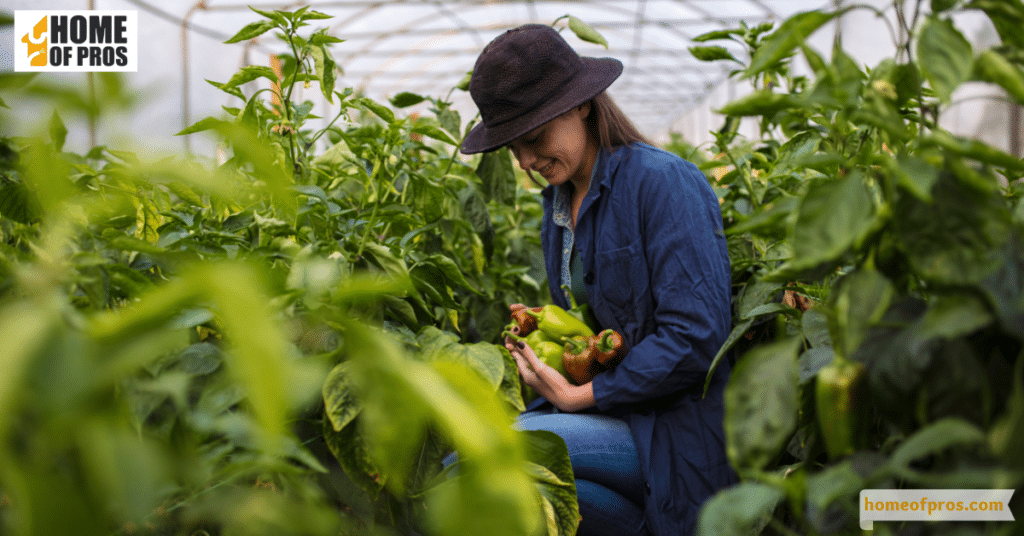
In conclusion
Pest control in agriculture is evolving towards sustainability. Prioritizing eco-friendly methods and reducing chemical reliance is crucial for preserving our environment and ensuring long-term agricultural productivity.
Organic farming exemplifies this shift with strategies like biological control and crop diversity. As we strive to feed a growing world population, embracing sustainable pest control is essential for a resilient and eco-conscious agricultural future.

